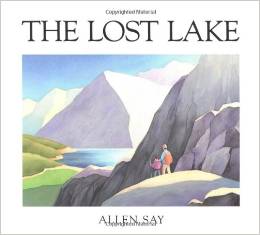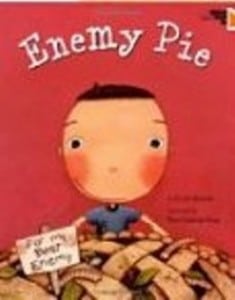
As a homeschooling grandmother/teacher, I was delighted to discover Awesome Engineering Activities for Kids. This is a gem of a resource. My five-year-old grandson loves to build things— Legos, clay, sand, Snapcircuits, craft sticks, Styrofoam— he loves them all. He and I are both rather inventive and have built many things together this past year. In the process, he has learned so much (math, sequencing, following directions, the joy of discovery, etc.) The most important gain he made was awakening his sense of curiosity.
This is important because curiosity fuels learning. When we are interested in a topic, we are driven by an inner urge to know more. Because the learning is self-directed and not other-imposed, it does not feel like work to him. Intrinsic motivation is powerful and empowering.
Awesome Engineering Activities for Kids is a recent acquisition to our homeschool library. What a gem it is! This book contains 50+ Steam activities. [FYI: STEAM = Science, Technology, Engineering, Art, Math]
Most activities use materials that you probably already have on hand and/or are very inexpensive. These activities are fun, intellectually stimulating, and immerse kids physically. They are not just watching; they are engaging, learning, and having fun.

Adoption Attuned Lens: Many of the activities included in this book depend on making firm foundations and solid connections. What a great— and obvious— metaphor for the connection we strive to forge between ourselves and our children. Sometimes a construction collapses because an important connection was omitted and/or weakened. Again, this fact demonstrates physically what we know intellectually and emotionally: We need all our important relationship connections.
When building these projects and/or evaluating them upon completion, it would be easy to slide in a “conversation seed” along the lines of I see how important each piece is to ensure that the result is stable; relationships are like that too. What do you think? How can we help ensure that you feel that your foundation is solid, that you have all your important pieces connected?
I offer my usual caveat: let your child determine if he/she wishes to pursue the conversation. The important thing is that they believe you are interested in their thoughts and feelings and that they don’t have to sanitize or whitewash them.
Check out my other book reviews




